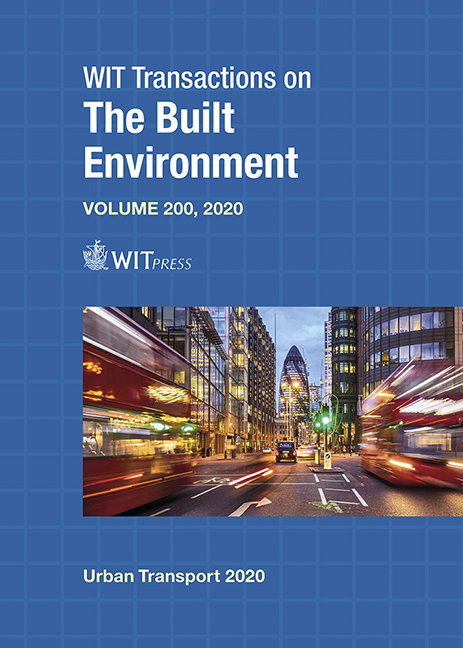OPTIMIZING THE LOCATION OF URBAN CHARGING STATIONS FOR ELECTRIC VEHICLES: CASE STUDY OF THE CITY OF TYUMEN, RUSSIAN FEDERATION
Price
Free (open access)
Transaction
Volume
200
Pages
10
Page Range
15 - 24
Published
2020
Paper DOI
10.2495/UT200021
Copyright
WIT Press
Author(s)
ANASTASIYA GORBUNOVA, ILYA ANISIMOV
Abstract
An urgent area of the transport industry is the development of electric vehicles. This trend requires the development of charging infrastructure. Currently, this is developing, but not in all countries. A small fleet of electric vehicles results in a limited number of installed charging stations. The reason for this is their low profitability and lack of support from public authorities, as partially observed in the Russian Federation. In this case, an important task is identifying the optimal location of the limited number of charging stations so that they meet the maximum demand from the electric vehicle owners. A review of previous studies on modeling the optimal location of charging stations in cities showed several basic approaches. These are based on models of the maximum coverage of demand and p-median, as well as models that take into account the road network features, such as car parking. The models, as a rule, do not interact with each other and do not consider the high building density or the complexity of the approach to the charging station among others. Therefore, the purpose of this study is to develop a new model for the location of charging stations in the city that takes into account the characteristics of the road network, the traffic flow at its nodes and places of attraction for the population. It minimizes the total cost of operating the charging infrastructure. The model is developed on the basis of two stages of research. The first stage showed the applicability of the p-median model to the location of charging stations. This model is adjusted using decision variables that characterize the capital cost of building a charging station and the features of car parking.
Keywords
electric vehicle, charging station, charging infrastructure, model of the optimal location, capital costs, operating costs, features of the road network, traffic flow, decision variables





